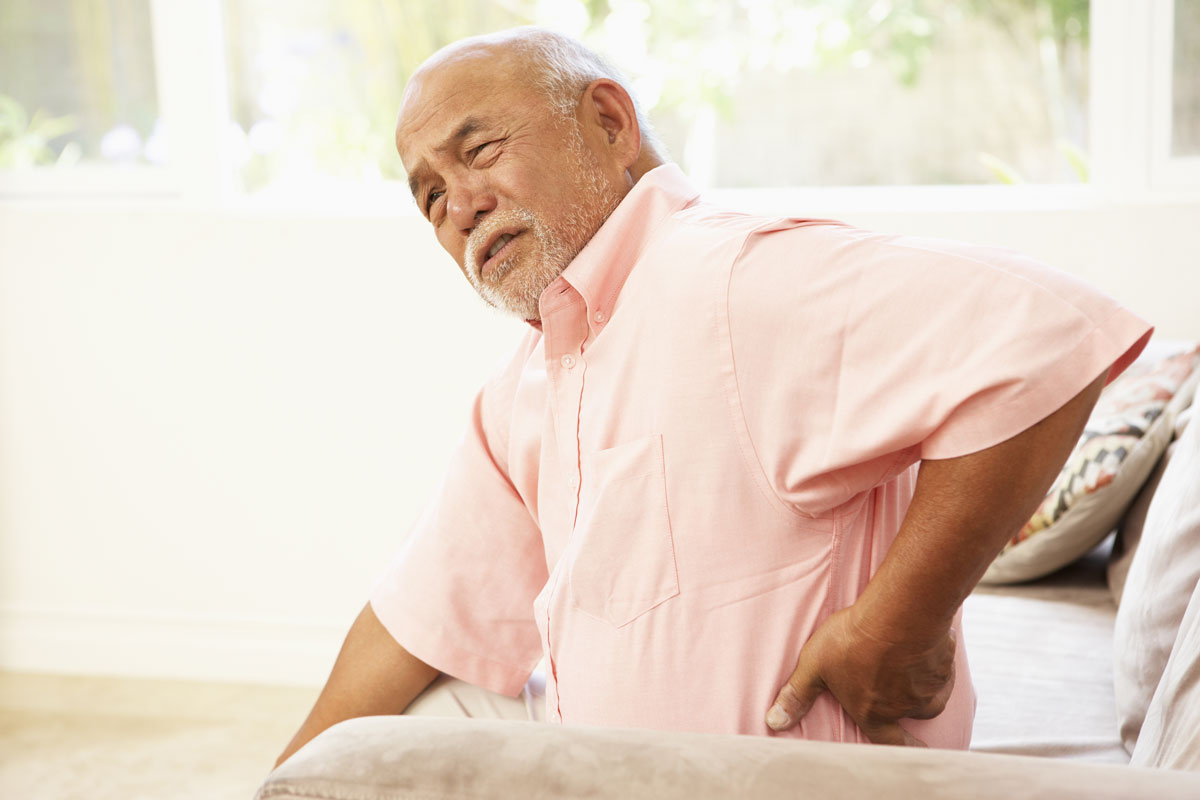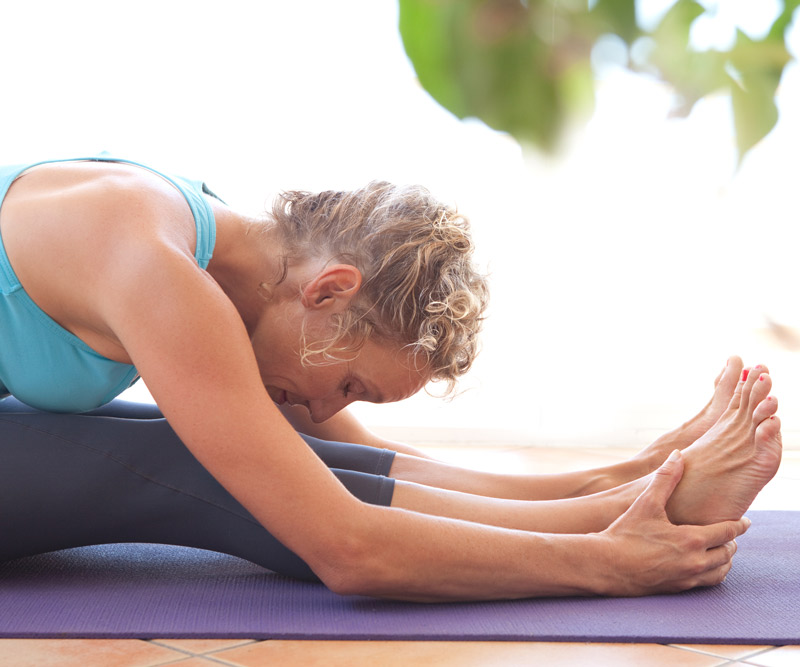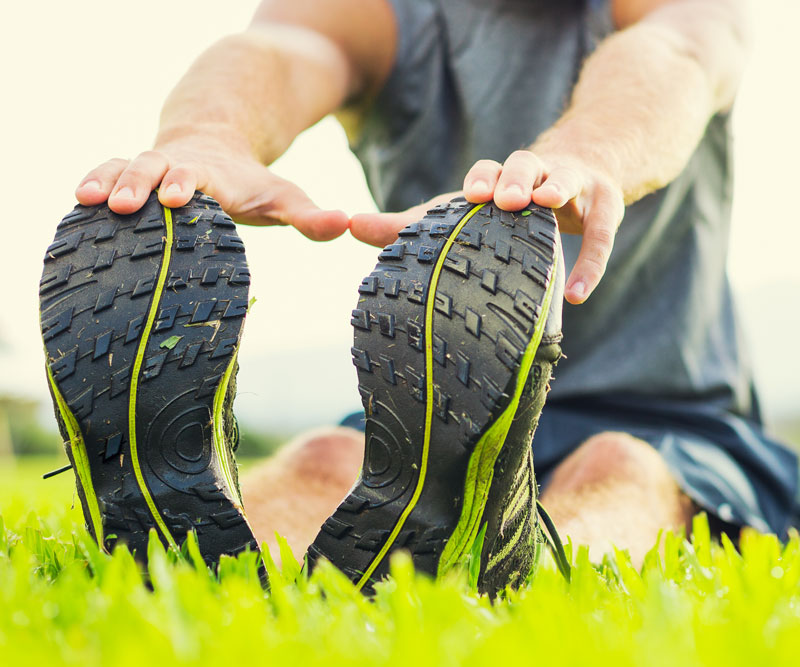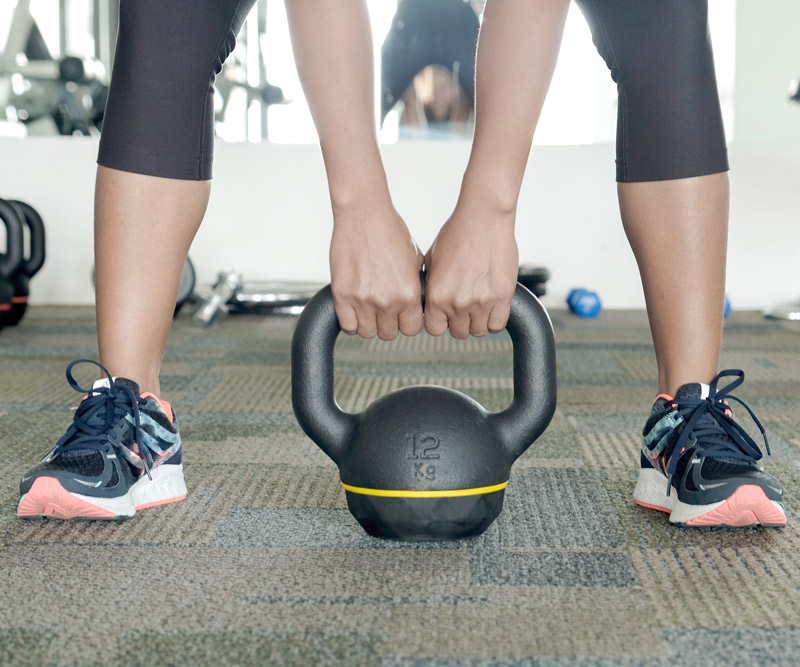
Protect Your Back with These Simple Adjustments
Your spine always has your back. This column of 30-plus bones and the muscles, tendons and ligaments that support it help you perform a multitude of tasks, from sitting to standing to running, dancing, swimming, climbing, cartwheeling and all things in between.
But most people don’t think too much about their spine and all it can do until they wind up flat on their backs in pain.
“Most back injuries and conditions are due to the cumulative stresses that we put on it over time,” says Kip Ouchi, physical therapist and Rehabilitation Services supervisor at Straub Medical Center.
“For example, one study found that people bend forward on an average of 3,000-5,000 times a day. This can put a lot of added stress on structures such as our intervertebral discs and ligaments, especially over a lifetime,” Ouchi says.
According to a 2012 National Health Interview Survey, more than 65.8 million American adults suffer from lower back pain. This can be anything from minor aches and twinges to symptoms so severe they disrupt daily routines.
“Lower back pain is the second most common reason why people seek medical care, trailing only the common cold,” Ouchi says. “Also, statistics show that 80 percent of the population will experience low-back pain at some point in their lifetime.”
Wear and tear to the intervertebral disks (protrusions and loss of disk), facet joints (arthritis), back muscles (strains) and ligaments (sprains) are common causes of back pain. These injuries occur primarily from bad habits like improper lifting, poor posture and lack of regular exercise. Being overweight also may increase your risk of strains and sprains.
There are simple adjustments you can make to your lifestyle to reduce your risk of injury.
- Exercise regularly. Perform moves targeted at strengthening and stretching the back and core muscles, such as planks, press-ups (i.e., push up with arms extended and lower body on floor), standing back bends, bridges and gentle yoga. Modify your activity if you have acute back pain, but make sure you get up and move around every day. Being inactive for too long only makes pain symptoms worse.
- Avoid lifting heavy objects. When you do perform heavy lifting, use proper technique: Keep your back straight, tighten your stomach and bend at your knees so that you can use your leg muscles to lift. Do not lift and twist at the same time, and ask for another person’s help if and when lifting really heavy objects.
- Develop proper posture. Imagine a straight line running from your ears to the top of your shoulders to your hips. Your upper arms should be relaxed but hang close to your body, with your hands in line with your lower arms. To find your proper sitting posture, sit up as tall as you can, arching your lower back, and relax your chest and upper body about 10 percent.
Most discomfort will go away on its own in two to four weeks, but if it doesn’t you may want to seek medical care.
Back pain also can result from more-serious injuries, such as a vertebral fracture, ruptured disk or infection.
If your symptoms do not improve or worsen after three days of at-home treatment, or if they spread down one or both legs and/or are accompanied by weakness, numbness, unintended weight loss or swelling or redness on your back, call your primary care physician (PCP).
“Your PCP can then examine you and determine whether or not further evaluation is needed by a specialist and if you may benefit from some form of conservative treatment, such as physical therapy (PT),” Ouchi says. “Low-back pain is one of the most common diagnoses that physical therapists treat, and PT treatment can be an effective form of treatment for most causes of mechanical low-back pain.”
Published on: November 9, 2015




